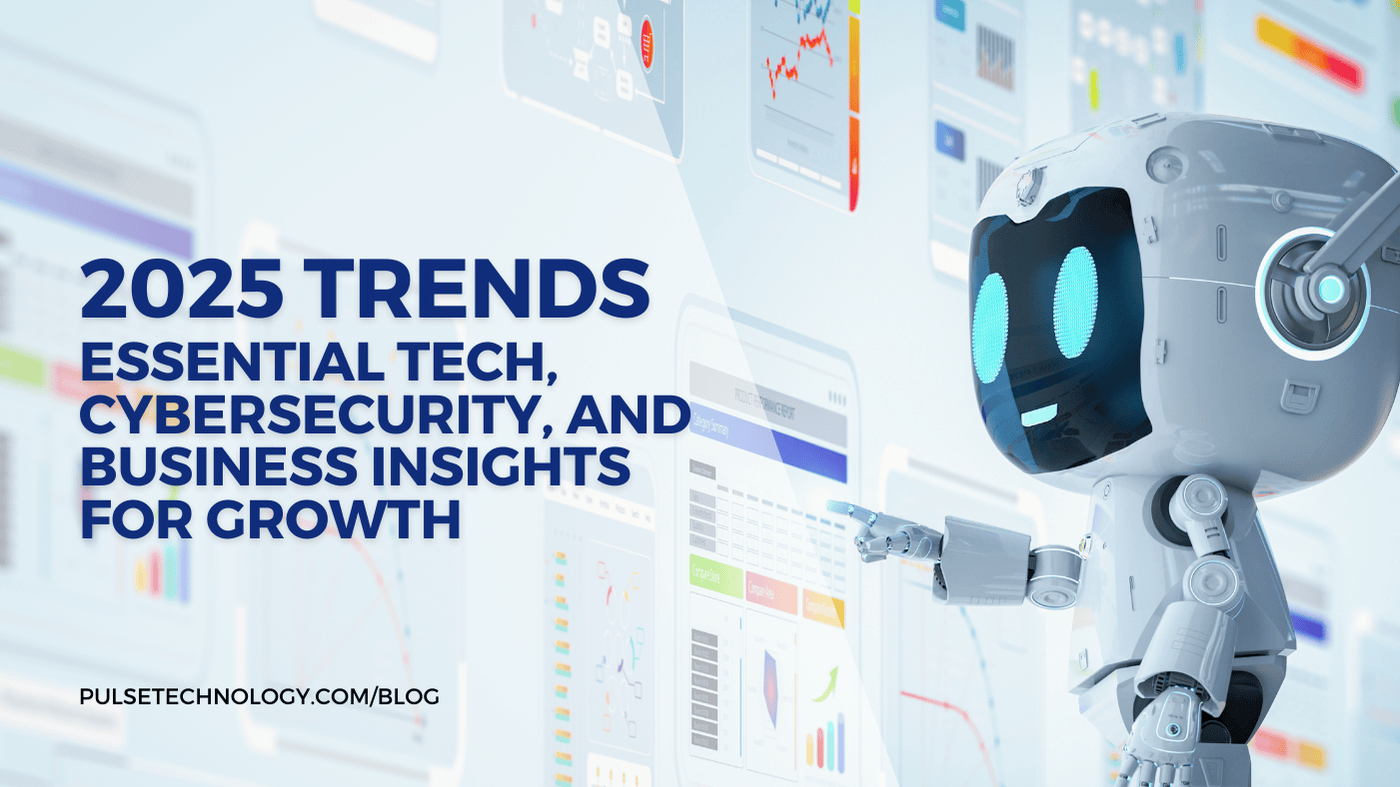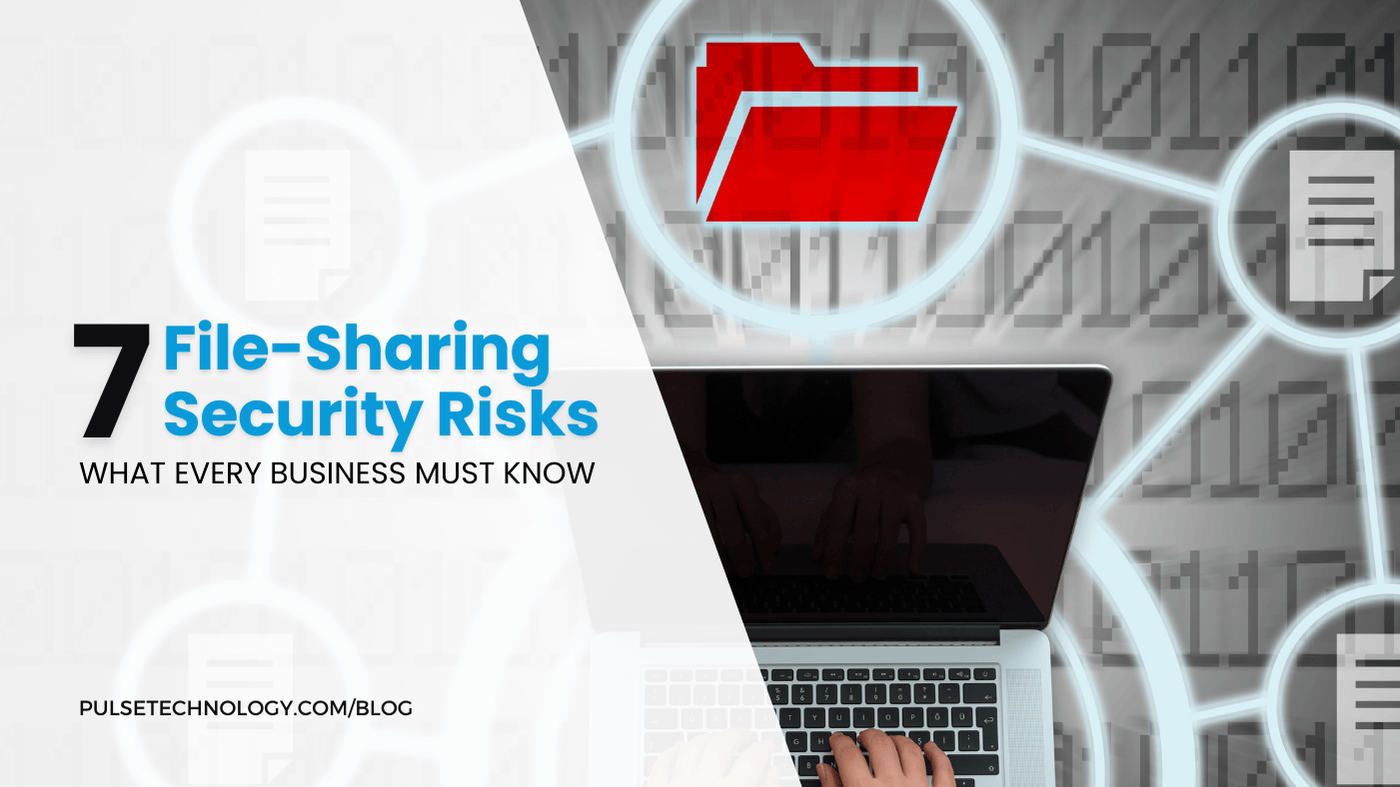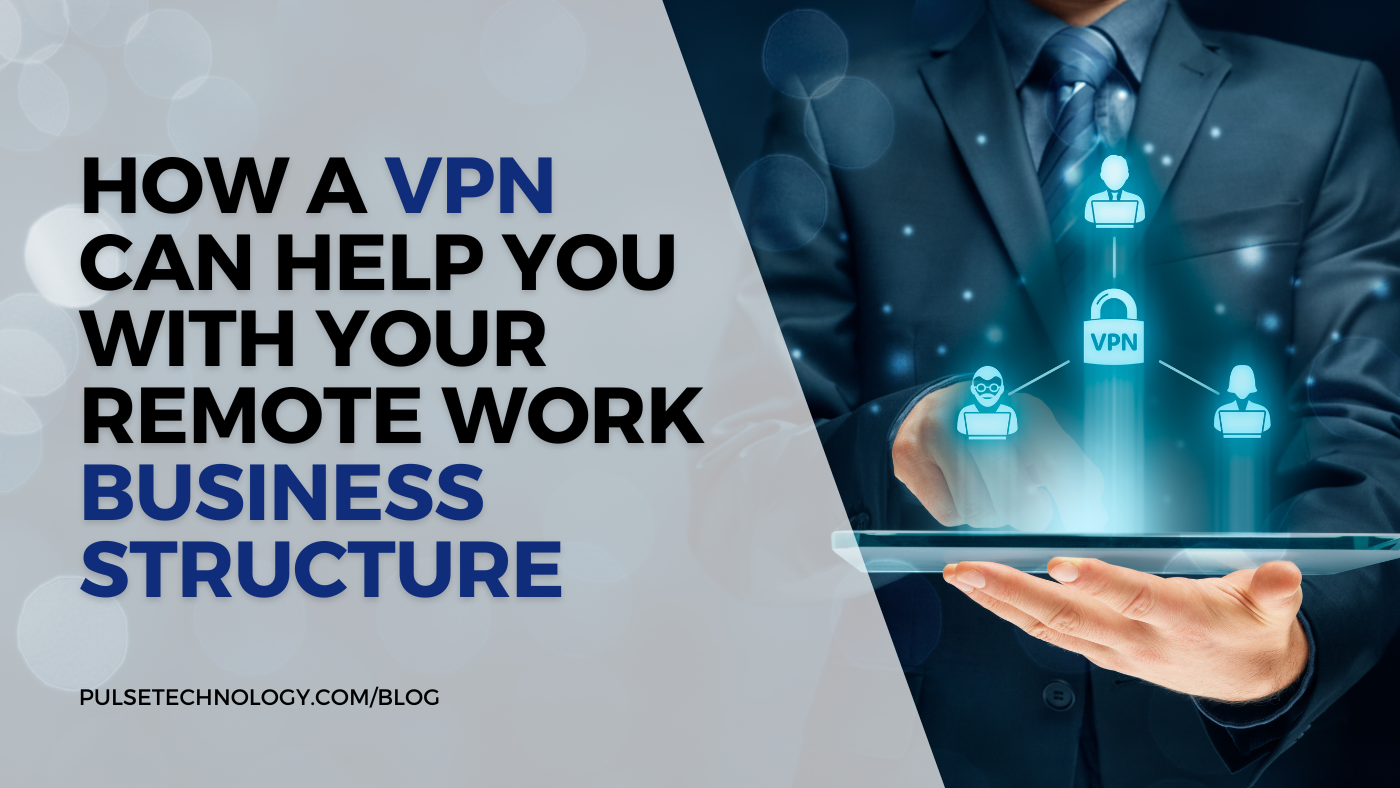Technology Advancements of 2023: Your Guide to Their Benefits and Implementation
The year 2023 witnessed several groundbreaking technological advancements that have the potential to revolutionize various industries. Businesses that embrace these innovations are poised for success. From quantum computing to artificial intelligence, these trends offer opportunities for businesses to enhance their operations, improve customer experiences, and gain a competitive edge.
ARTICLE QUICK LINKS
Quantum Computing
AI & Machine Learning
Phygital Convergence/Extended Reality
Digital Trust
Edge Computing
Quantum Computing
What is it?
Quantum computing is a type of computing that harnesses the principles of quantum mechanics to perform calculations. Unlike classical computers, which use bits that can be either 0 or 1, quantum computers use qubits, which can exist in a superposition of both 0 and 1 simultaneously. This unique property allows quantum computers to perform certain calculations much faster than classical computers.
What’s New in 2023
Increased qubit count - Quantum computers with more qubits are being developed, which will allow them to tackle more complex problems.
Improved error correction - Quantum computers are becoming more reliable as error correction techniques are improved.
Development of new algorithms - New algorithms are being developed that specifically take advantage of the power of quantum computers.
Benefits
Reduce costs - Quantum computers could be used to solve problems that are currently too expensive or time-consuming to solve with classical computers.
Improve decision-making - They could be used to analyze large amounts of data and identify patterns that would be difficult or impossible to find with classical computers.
Develop new products and services - They could also be used to develop new products and services that are not possible with classical computers.
How to integrate into your business
Use hybrid quantum-classical computing. These systems combine classical computers with quantum computers. It allows SMBs to take advantage of the strengths of both types of computers. Classical computers can perform many tasks efficiently, while quantum computers can solve certain problems that are intractable for classical computers.
AI and Machine Learning
What is it?
Artificial intelligence (AI) and machine learning (ML) are two closely related fields of computer science. Artificial intelligence is the broader field that deals with the creation of intelligent agents, which are systems that can reason, learn, and act autonomously. Machine learning is a subset of AI that deals with the development of algorithms that can learn from data without being explicitly programmed. In other words, AI is about creating machines that can think and act like humans, while machine learning is about teaching machines how to learn from data. Learn more about AI for small businesses
What’s New in 2023?
Large language models (LLMs) - These are a type of artificial intelligence (AI) that are trained on a massive amount of text data. This data can include books, articles, websites, and even social media posts.
New AI architectures - Transformer-based Architectures (revolutionized nature language processing); Diffusion models (generative AI tasks - image generation, text-to-image, etc); Explainable AI (makes AI models more transparent and understandable to humans); Neurosymbolic AI (combines traditional symbolic AI with data-driven machine learning)
The use of AI to solve real-world problems - From assisting in the diagnosis of medical conditions, to optimizing crop yields, and even adapting education to fit the individual needs of students, AI is being deployed in real situations to help with real issues.
Benefits
- Improved and enhanced customer service
- Personalized marketing and sales
- Improved operational efficiency
- Reduced costs
- New product and service development
- Increased employee satisfaction
- Improved competitive advantage
How to integrate into your business
We recommend checking out our guide on how to properly automate your business with AI
Phygital Convergence/Extended Reality
What is it?
Phygital convergence is the integration of physical and digital experiences to create a seamless and consistent customer experience across all channels. This convergence is driven by the increasing use of mobile devices and the growing popularity of e-commerce.
What are the benefits?
- Increased customer satisfaction
- Improved customer loyalty
- Reduced costs
- Enhanced revenue
How to integrate into your business
Enhance in-store experiences with digital overlays:
-
-
- Augmented Reality (AR) - Utilize AR technology to overlay digital information onto the physical world, such as product demonstrations, virtual fitting rooms, or interactive product catalogs.
- Virtual Reality (VR) - Immerse customers in virtual experiences, such as product walkthroughs, interactive simulations, or virtual product trials.
- Interactive displays - Employ interactive displays to showcase products, provide product information, and facilitate customer interaction.
- Augmented Reality (AR) - Utilize AR technology to overlay digital information onto the physical world, such as product demonstrations, virtual fitting rooms, or interactive product catalogs.
-
Streamline online shopping with physical pickup options:
-
-
- Click and collect - Enable customers to purchase products online and pick them up at a physical store, reducing delivery costs and improving customer satisfaction.
- Showrooming - Allow customers to browse and experience products in a physical store and seamlessly purchase them online, leveraging the strengths of both channels.
- Virtual inventory - Provide real-time inventory updates to customers both online and in-store, ensuring accurate product availability and reducing stockouts.
- Click and collect - Enable customers to purchase products online and pick them up at a physical store, reducing delivery costs and improving customer satisfaction.
-
Personalize customer experiences across all touchpoints:
-
-
- Customer data integration - Integrate customer data from online and offline interactions to create a unified customer profile for personalized recommendations and targeted marketing campaigns.
- Location-based services - Utilize location data to provide personalized promotions, product recommendations, or targeted messaging based on customer proximity to physical stores.
- Cross-channel communication - Integrate communication across channels, such as email, SMS, and in-store interactions, to provide a consistent and seamless customer experience.
- Customer data integration - Integrate customer data from online and offline interactions to create a unified customer profile for personalized recommendations and targeted marketing campaigns.
-
Leverage mobile technology to enhance customer engagement:
-
-
- Mobile app loyalty programs - Implement mobile app loyalty programs to reward customers for their purchases and encourage repeat business.
- Mobile payments - Enable mobile payments through contactless payment options, simplifying the checkout process and improving customer convenience.
- Mobile AR/VR experiences - Offer mobile-based AR/VR experiences to provide customers with interactive product demonstrations, virtual try-ons, or augmented reality treasure hunts.
- Mobile app loyalty programs - Implement mobile app loyalty programs to reward customers for their purchases and encourage repeat business.
-
Digital Trust
What is it?
Digital trust is the confidence that individuals and businesses have in the security, privacy, and reliability of digital transactions and interactions. It is the foundation of a thriving digital economy, enabling businesses to operate effectively and consumers to engage with confidence.
Benefits
- Security - Protecting data from unauthorized access, breaches, or loss
- Privacy - Respecting individuals' control over their personal information
- Reliability - Ensuring that digital systems and services are available and consistent
- Transparency - Communicating clearly and openly about data practices
How to integrate into your business
Establish a Transparent Privacy Policy - Clearly outline your data collection, usage, and sharing practices in a comprehensive and easy-to-understand privacy policy. Make it readily accessible on your website and inform customers when you collect or use their data.
Secure Customer Data - Implement robust data security measures to protect customer information from unauthorized access, breaches, or loss. Use encryption, firewalls, and access controls to safeguard sensitive data.
Respect Customer Control - Provide customers with control over their data by allowing them to opt in or out of data collection and marketing communications. Honor data deletion requests promptly and securely.
Communicate Openly and Honestly - Maintain open communication with your customers about data practices and privacy concerns. Be transparent about any data breaches or security incidents.
Obtain Certifications and Comply with Regulations - Demonstrate your commitment to data protection by obtaining relevant certifications. Stay up-to-date on data privacy regulations and ensure compliance.
Train Employees on Data Privacy - Educate your employees about data privacy principles and best practices. Train them on handling customer data securely, identifying potential risks, and responding to customer inquiries.
Establish a Data Governance Framework - Develop a data governance framework that defines roles, responsibilities, and processes for managing customer data effectively. Implement data quality controls to ensure data accuracy and integrity.
Regularly Review and Update Data Practices - Continuously review and update your data privacy policies and procedures as technology evolves and customer expectations change.
Provide Clear Contact Information - Make it easy for customers to contact you with questions, concerns, or complaints about data privacy. Establish a dedicated data privacy contact or channel.
Be Accountable and Responsive - Take ownership of your data privacy practices. Be accountable for protecting customer data and respond promptly to customer inquiries and concerns.
Edge Computing
What is it?
Let’s use your work computer as an example. Your computer, though powerful, can be held back by the fact that the data center that stores your programs is far away from your location, meaning your data has to travel long distances and it may feel slow.
Edge computing is like having a smaller, faster computer that lives closer to your house. This smaller computer can do some of the work that your computer would normally do, which can make things faster. For example, if you are using a video conferencing app, the edge computer can help to make the video look smoother by processing some of the video data before it is sent to your computer.
Edge computing is also becoming more important as we start to use more and more connected devices, such as smartphones, smartwatches, and cars. These devices can generate a lot of data, and it would be too slow and expensive to send all of this data to a big computer in the cloud. Edge computing allows us to process some of this data on the device itself, which can save time and money.
Benefits (compared to traditional cloud computing)
- Security – Data can be more secure and it is closer to the source
- Scalability – More scalable, as it can be easily deployed to new locations
How to integrate into your business
Retail - Implement edge computing to analyze customer behavior data at the point of sale, enabling real-time personalized recommendations and targeted marketing campaigns.
Manufacturing - Deploy edge computing to collect and analyze sensor data from production lines, enabling predictive maintenance and improving operational efficiency.
Healthcare - Utilize edge computing to process medical imaging and data in healthcare facilities, reducing the need to transfer large amounts of data to central servers.
Logistics - Employ edge computing to track and optimize the movement of goods in real-time, improving delivery efficiency and reducing transportation costs.
The new advancements in technology that we've seen this year give business owners an unprecedented opportunity to be more competitive, improve their customer service, products, and workflow, and do it all quicker. Implementing these new technologies into your business is not only recommended, it will become necessary to stay ahead of the curve and ahead of your competitors.









